Properties and recommendations for the use of tea tree oil for nail fungus
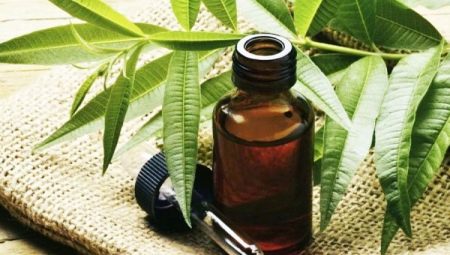
Getting infected with nail fungus is quite simple. For the purpose of treating this pathology, various medications can be used or alternative methods can be used. This article will go into more detail about the properties of tea tree oil, as well as the recommendations for using such a remedy.

Description of the disease
Nail fungus also has a scientific name - "onychomycosis". It is worth noting that this pathology is quite insidious. Adverse symptoms develop gradually. The first clinical signs of onychomycosis are usually difficult to detect. This late diagnosis usually results in delayed initiation of treatment.
Initially, onychomycosis only causes a change in the appearance of the nail plates on the hands or feet. As the disease progresses, other symptoms begin to appear in the infected person. For example, with an advanced course of the disease in a patient suffering from onychomycosis, soreness appears in the fingers.
The danger of this disease also lies in the fact that it is rather quickly transmitted from an infected person to a healthy one. You can get infected with nail fungus even with household contact. Doctors also note family cases of such diseases.
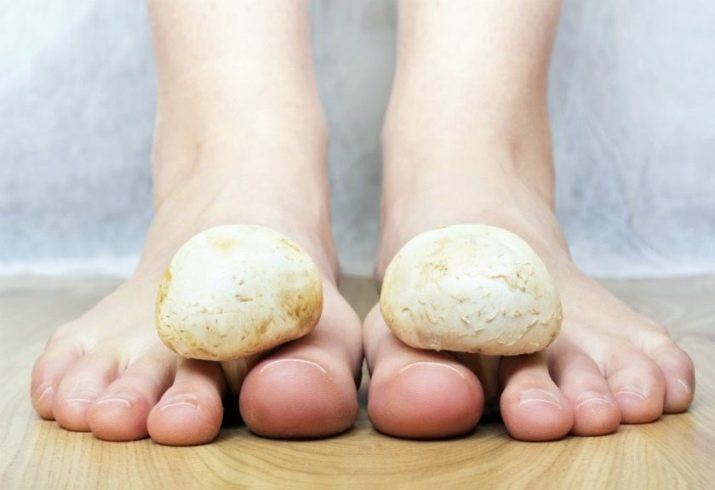
You can suspect onychomycosis yourself. To do this, you just need to carefully monitor the appearance of your fingers. Consider the characteristic signs of the disease.
- Changing the shape of the nail plates. The edges of the plates begin to crumble, which leads to the fact that the appearance of the nails becomes sloppy.
- Deformation changes. The shape of the nail plate changes due to its defeat by pathogenic fungi.
- Redness around the nail folds. Such changes occur due to the inflammatory process that develops in response to the defeat of the nail plates by fungi.

- The appearance of roughness. Healthy nails should feel smooth to the touch. When infected with a fungus, they become rough and uneven.
- Change in the color of the nail plates. So, nails affected by fungi, as a rule, acquire a yellowish or gray color. Brown or brown spots may also appear on the nail plates.
Treatment of onychomycosis is lengthy. Not all remedies can cope with fungi.
Often in the course of treatment, a person suffering from this disease can change drugs several times, since they are simply ineffective.
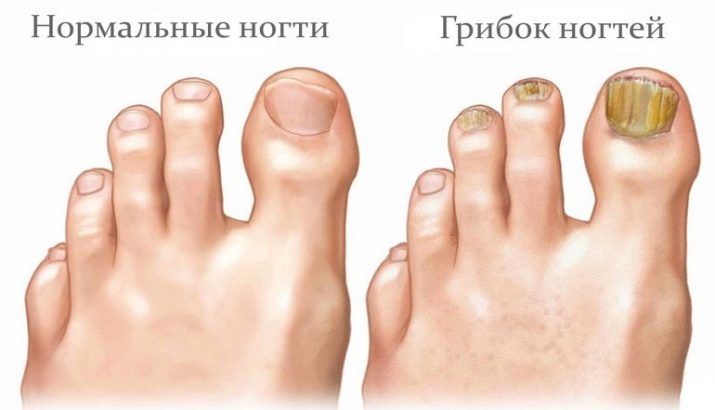
Useful properties of oil
In folk medicine, there are quite a few different means that can stop the development of this disease. There are also other remedies available to help the sick person recover. They should be used for a long time. It is simply impossible to achieve complete cleansing of the affected nail plates in just a couple of applications.
Tea tree oil is one of the most commonly used treatments for the adverse symptoms of onychomycosis. This essential oil contains a whole complex of active substances that help in the fight against disease-causing fungi. Some components are so unique that they are quite rare in nature.
People have known for a long time that tea tree oil helps against onychomycosis. However, it was only with the development of science that scientists discovered that this product really contains many active ingredients that can have a detrimental effect on fungi.
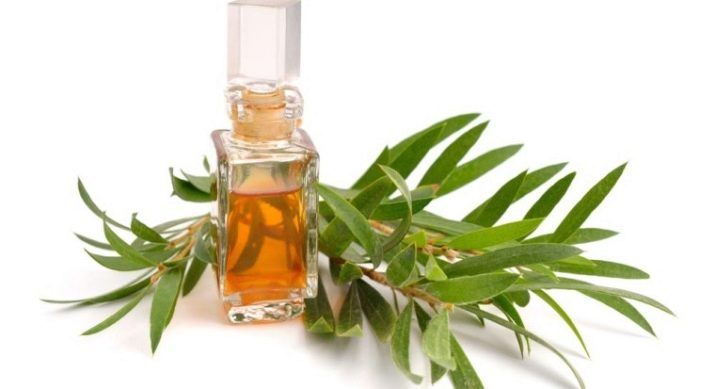
The spectrum of action of this oil on the body is enormous. So, it is able to provide the following actions.
- Local anesthesia. After using this product, pain in the affected area decreases, inflammation disappears, itching and burning disappear.
- Increased local immunity. The reduction in inflammation is largely due to the activation of cells in the immune system.
- Bactericidal effect. The active substances that make up the product can have a negative effect not only on fungi, but also on viruses and bacteria that can cause dangerous diseases.
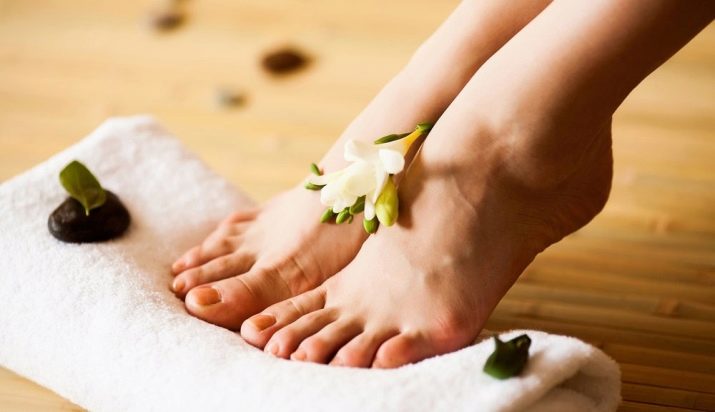
Contraindications
Tea tree oil for topical use is suitable for many. However, for some pathologies, it cannot be used. So, you should not use this remedy for people suffering from allergies or having individual hypersensitivity to this product. Also, such an oil product is not suitable for exacerbation of bronchial asthma.
Expectant mothers should not use tea tree oil without first consulting a doctor.
Tea tree oil should not be used for allergic dermatoses. If it comes into contact with irritated skin, it can cause soreness. People who are very sensitive to any chemical or essential oil should not apply concentrated tea tree oil. They should dilute it with some other oil, such as sunflower or olive oil, before applying the oil product.

How to choose?
The effectiveness of the therapy also depends on the quality of the oil. Even in expensive stores, you can buy a fake. Unfortunately, the high cost of a product does not mean at all that it is of high quality. Essential oil experts say it can be difficult to find a really good oil these days.
It is better to focus on trusted manufacturers. Most quality products are packed in glass containers. Tea tree oil produced in plastic containers is generally of inferior quality.
The use of this oil product, according to reviews of many people who have tried it, is most effective in the early stages of the disease. If the fungal infection has been going on for a long time, then it is almost impossible to cure it with only tea tree oil. In this case, the appointment of intensive medications is required that can suppress the growth of pathogenic fungi and affect the level of systemic immunity. Such complex therapy is prescribed only by a doctor.
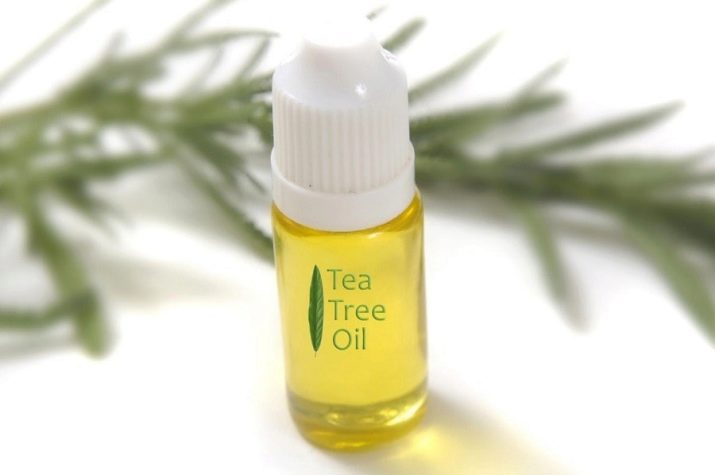
Application methods
This tool can be used in different ways. For example, the most commonly used uses of this product are generally as follows:
- direct rubbing into the affected areas;
- medical applications;
- antiseptic baths.
Various other anti-fungal ingredients can be added to tea tree oil.
This combination therapy is much more effective in treating the adverse symptoms of nail fungus. Use these funds follow the course, until you achieve an improvement in well-being.
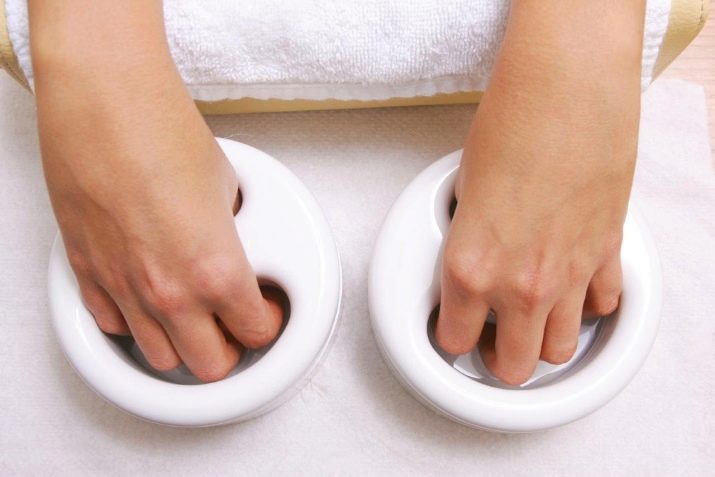
How the oil is used depends not only on the stage of the disease, but also on the location of the damage. So, for the treatment of one nail, you can use direct rubbing of oil into the affected nail plate. If all the nails of the foot or hands are affected by the fungus, then it is more rational to use medical baths.
Before you start treating onychomycosis, be sure to be patient. Therapy for this disease in most cases is long-term. If several people are ill with onychomycosis in a family at once, then all should be treated simultaneously. When carrying out therapy, it is imperative to evaluate its effectiveness. If, against the background of the use of such a remedy, no improvement followed, then in this case, you should definitely contact a dermatologist.
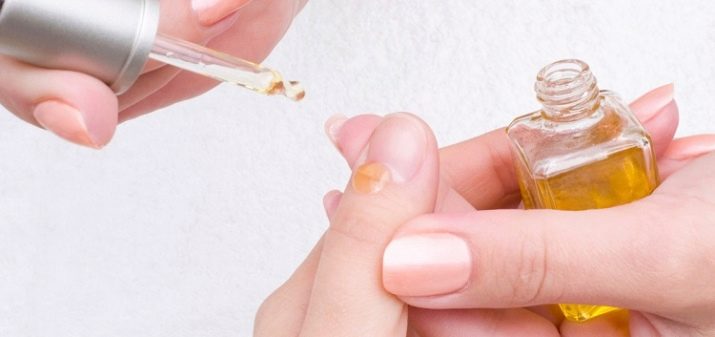
Procedure rules
Before using the oil for rubbing into the nail plates, the nails should be prepared. To do this, the foot or hand affected by onychomycosis should be placed in a warm bath. The water temperature of such a bath should be absolutely comfortable. Keep your nails in water for 5-8 minutes. During this time, they should become softer.
After that, the steamed nail plate should be slightly cleaned. You can use a pumice stone for this. Do not rub your nails too hard with a pumice stone, as this can lead to damage.
Such mechanical processing is only necessary so that all the active ingredients contained in tea tree oil can penetrate deeper into the nail.
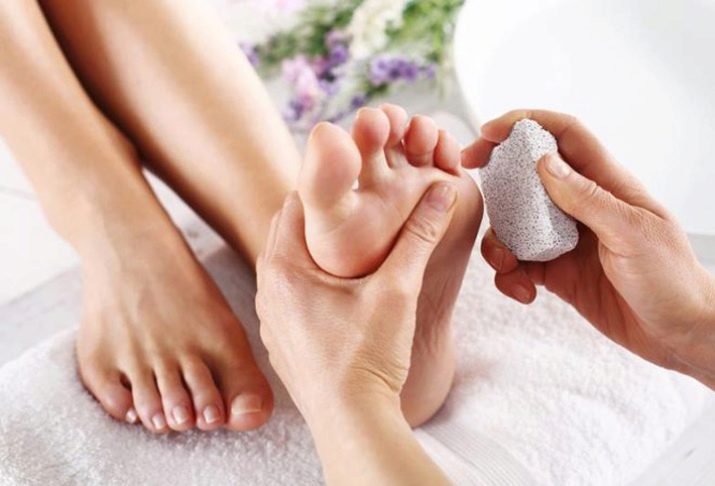
Medicinal oil products that you can buy at drugstores are usually quite intense. The components present in them in some people can provoke the appearance of allergic symptoms. In order to determine if a person planning to use tea tree oil has an allergy or hypersensitivity, they should apply a small amount of the oil product to their skin. For such a test, the area near the elbow or wrist is better suited, since the skin there is quite thin.
To check individual sensitivity, it is usually sufficient to apply just a couple of drops of oil. After that, you should wait a few minutes. If after 10-15 minutes the color of the skin has not changed, and rashes have not occurred, then tea tree oil can also be used to treat nails.
The oil product should be applied to the entire surface of the nail. Also, a little oil should be applied to the periungual rollers. After that, you need to put on clean socks on your feet. It is necessary to carry out such a treatment of damaged nails twice a day until the unfavorable symptoms of a fungal disease decrease.
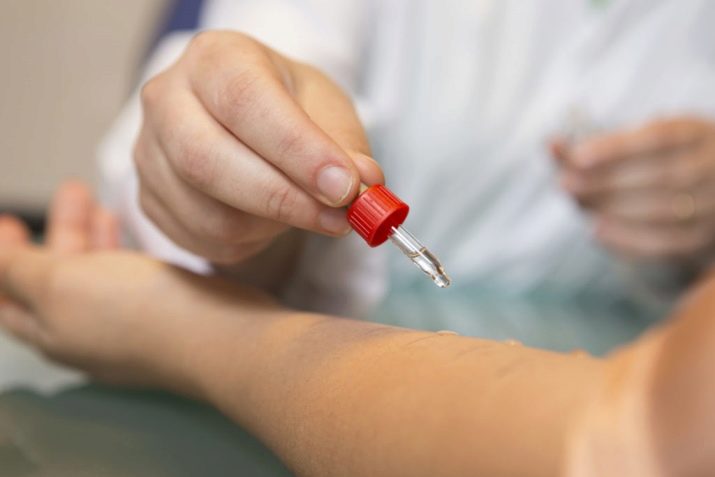
With multiple nail lesions, therapeutic baths are well suited. In order to carry out such a procedure, you will need:
- water - 2.5 liters;
- baking soda - 2 tbsp l .;
- salt (it is better to take sea salt) - 1 tbsp. l .;
- tea tree oil - 9-11 drops.
The water for this treatment should be fairly hot, but not scalding. The optimum temperature is around 45 degrees. Add soda, sea salt and oil product to the heated water, and then mix everything thoroughly. After that, a foot affected by the fungus should be placed in the bath and held until the water cools down.
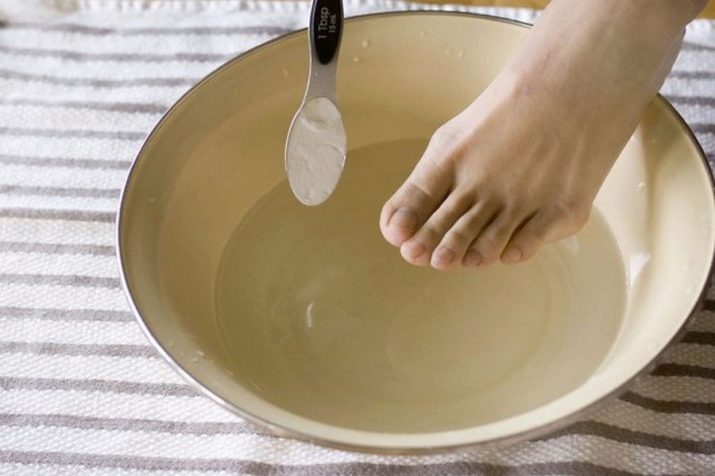
Then the leg should be pulled out of the water, all keratinized areas of the skin should be removed with the help of special scissors, and then the nails should be treated with tea tree oil. If desired, after such a therapeutic bath, you can use medicinal ointments or varnishes with antifungal effect on nails.
In order to achieve a good result, such a treatment procedure should be carried out 2-3 times a week. After one course of such baths, the structure of the nails will improve, and adverse symptoms will decrease.
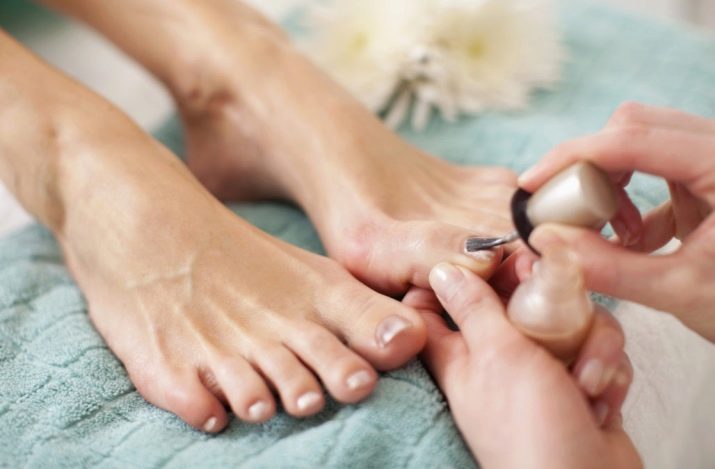
Tea tree oil works well with other foods. So, adding olive oil to it, you can prepare an excellent remedy for treating nails affected by fungi. The oils should be mixed in a 1: 2 ratio, as tea tree oil is quite concentrated. People who have tried this method of treatment note that it works great in the early stages of the disease.
Apply the medicated oil mixture to the affected nails twice a day. It is very important that your nails are thoroughly washed and dried before doing this.
It is better to apply the product with rubbing movements. The optimal course of treatment should be about a month.
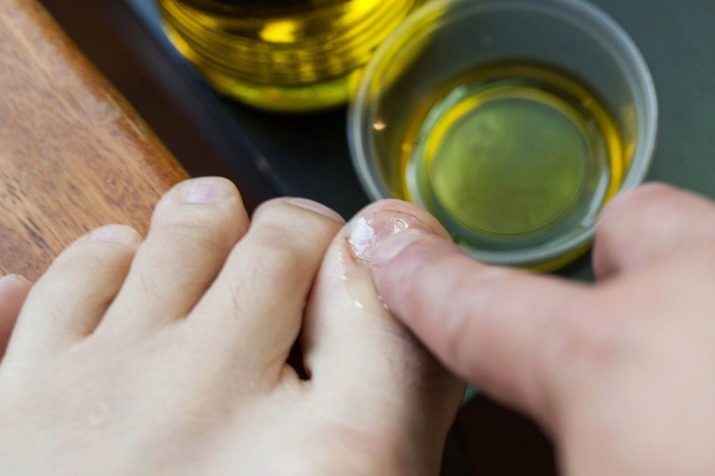
Tea tree oil can also be used for lotions. For this, a few drops of the oil product should be applied to a cotton pad. It is best to use a separate cotton pad for each affected nail. The exposure time of the oil on the nails should be about 10-12 minutes. After that, the cotton pad should be removed, and the remaining oil should be wiped off.
There are many ways to apply the oil. Someone uses cotton swabs for this, while others treat their nails with a pipette in a bottle with a medicinal product. You can also use an old toothbrush to apply the oil.

There is another way to use tea tree oil to treat onychomycosis of the feet. It is quite simple and accessible to everyone. To do this, drip a few drops of the oil product into a regular cotton sock. After that, the sock must be put on the leg, it is better to carry out this procedure at night. In the morning, the sock should be removed, and the skin of the foot should be washed well to remove oil residues.
Tea tree oil is suitable not only for the treatment of onychomycosis, but also for the prevention of this pathology. Thus, a natural oil product can be added to various foot creams or lotions. The use of such funds is a good prevention of fungal infection.

You will learn more about the properties of tea tree oil from nail fungus in the following video.








